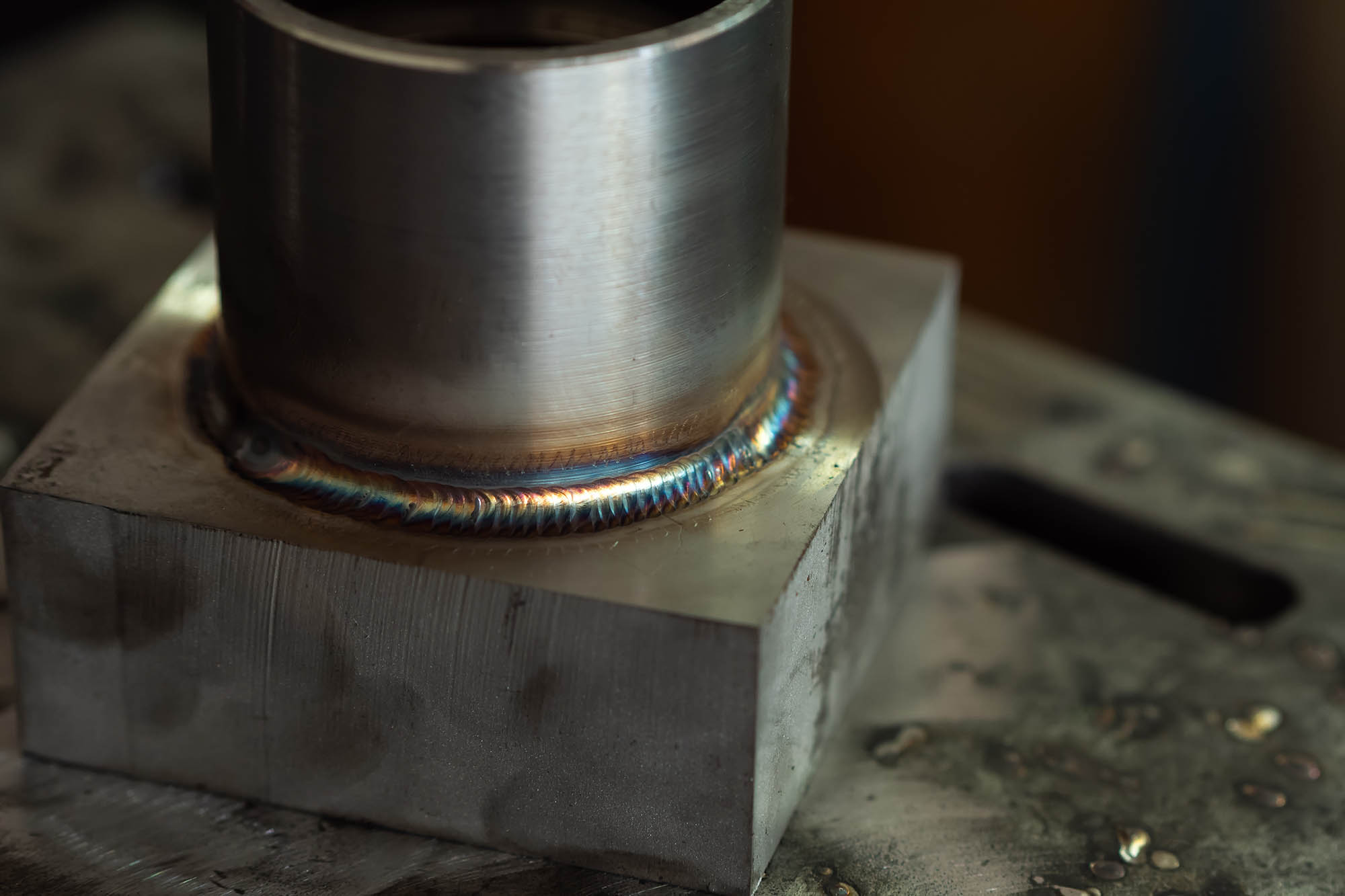Discover What is Porosity in Welding and Its Result on Structural Integrity
Wiki Article
Porosity in Welding: Identifying Common Issues and Implementing Finest Practices for Avoidance
Porosity in welding is a prevalent concern that typically goes undetected until it triggers significant troubles with the stability of welds. In this conversation, we will explore the vital variables adding to porosity development, examine its destructive results on weld efficiency, and talk about the ideal techniques that can be embraced to minimize porosity incident in welding procedures.Common Root Causes Of Porosity

One more frequent perpetrator behind porosity is the presence of contaminants on the surface of the base metal, such as oil, oil, or rust. When these impurities are not properly gotten rid of prior to welding, they can vaporize and end up being entraped in the weld, creating issues. Utilizing filthy or wet filler products can present impurities right into the weld, adding to porosity problems. To mitigate these common reasons for porosity, thorough cleansing of base metals, correct shielding gas choice, and adherence to optimum welding specifications are necessary practices in accomplishing high-grade, porosity-free welds.
Effect of Porosity on Weld Quality

The existence of porosity in welding can considerably jeopardize the structural integrity and mechanical residential properties of welded joints. Porosity creates gaps within the weld metal, weakening its total toughness and load-bearing capability. These spaces serve as stress and anxiety focus points, making the weld much more prone to breaking and failure under applied lots. Furthermore, porosity can minimize the weld's resistance to rust and other environmental factors, better diminishing its long life and efficiency.
Among the main repercussions of porosity is a decline in the weld's ductility and strength. Welds with high porosity degrees often tend to exhibit reduced impact strength her latest blog and reduced capability to deform plastically prior to fracturing. This can be specifically worrying in applications where the bonded components are subjected to vibrant or cyclic loading conditions. Porosity can restrain the weld's ability to effectively send forces, leading to early weld failure and potential security threats in critical frameworks. What is Porosity.
Best Practices for Porosity Avoidance
To enhance the structural honesty and quality of welded joints, what details actions can be carried out to lessen the incident of porosity throughout the welding procedure? Porosity prevention in welding is essential to guarantee the honesty and stamina of the final weld. One effective technique appertains cleaning of the base metal, removing any type of contaminants such as corrosion, oil, paint, or dampness that could cause gas entrapment. Guaranteeing that the welding equipment is in good problem, with clean consumables and suitable gas circulation prices, can also significantly reduce porosity. Furthermore, maintaining a stable arc and regulating the welding specifications, such as voltage, existing, and travel rate, helps produce a constant weld pool that lessens the threat of gas entrapment. Using the right welding strategy for the particular product being bonded, such as changing the welding angle and gun setting, can further stop porosity. Regular inspection of welds and immediate remediation of any type of issues recognized during the welding procedure are crucial techniques to avoid porosity and produce top notch welds.Relevance of Correct Welding Methods
Carrying out correct welding techniques is paramount in ensuring the structural stability and high quality of learn the facts here now welded joints, constructing upon check my blog the foundation of effective porosity prevention steps. Extreme heat can lead to boosted porosity due to the entrapment of gases in the weld swimming pool. In addition, using the suitable welding parameters, such as voltage, present, and travel speed, is essential for accomplishing sound welds with minimal porosity.Furthermore, the choice of welding process, whether it be MIG, TIG, or stick welding, ought to straighten with the specific demands of the project to make certain optimum results. Appropriate cleaning and prep work of the base metal, along with picking the ideal filler product, are additionally important components of proficient welding strategies. By sticking to these finest methods, welders can reduce the risk of porosity development and generate premium, structurally sound welds.

Checking and High Quality Control Steps
Examining treatments are crucial to spot and protect against porosity in welding, guaranteeing the stamina and toughness of the last product. Non-destructive screening approaches such as ultrasonic testing, radiographic screening, and aesthetic assessment are frequently utilized to determine potential issues like porosity.Post-weld inspections, on the other hand, assess the last weld for any flaws, consisting of porosity, and verify that it satisfies specified criteria. Applying an extensive quality control strategy that consists of complete screening procedures and examinations is critical to minimizing porosity concerns and guaranteeing the overall quality of bonded joints.
Verdict
Finally, porosity in welding can be a typical concern that affects the quality of welds. By identifying the usual reasons for porosity and applying finest practices for prevention, such as proper welding strategies and screening actions, welders can guarantee premium quality and reliable welds. It is vital to focus on avoidance methods to reduce the occurrence of porosity and preserve the integrity of welded frameworks.Report this wiki page